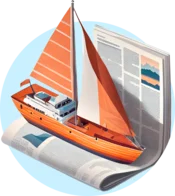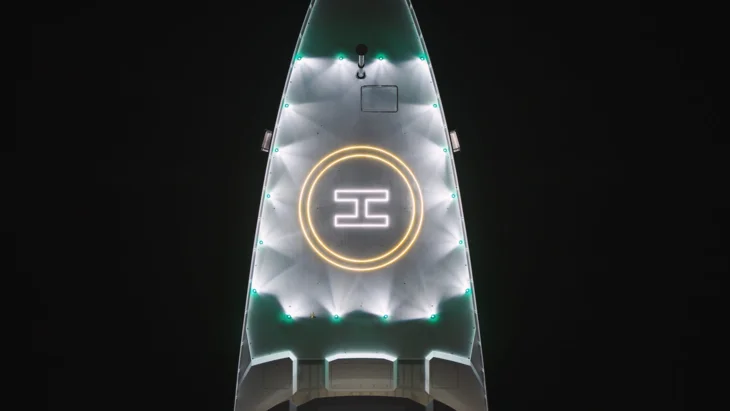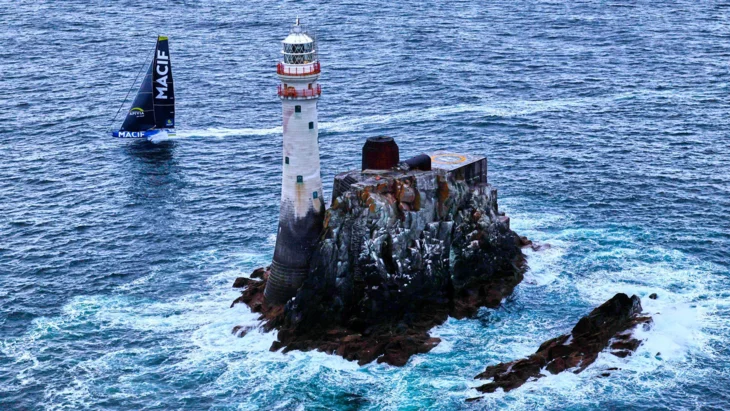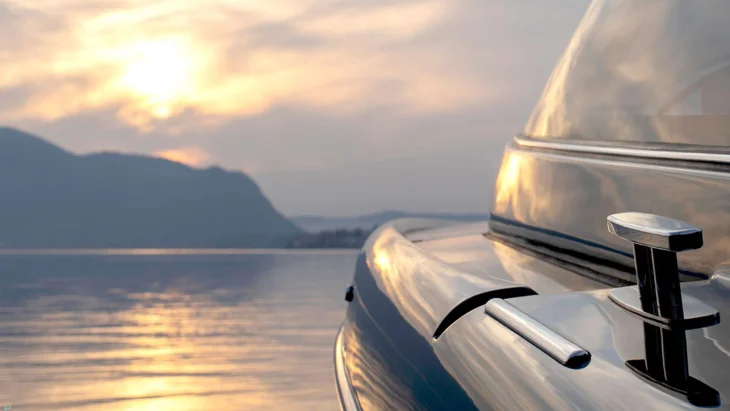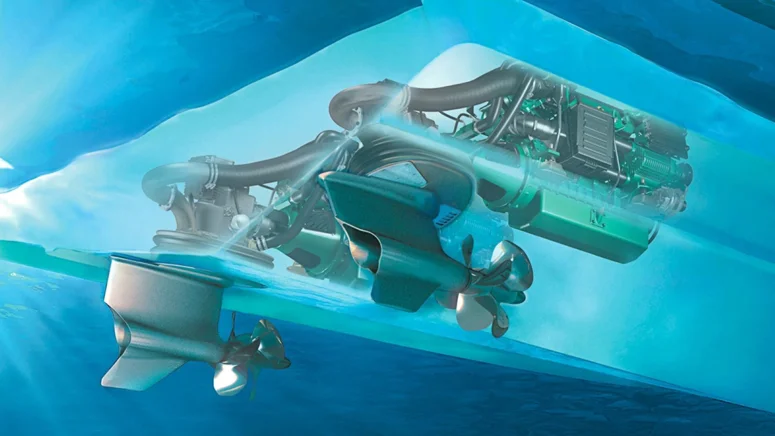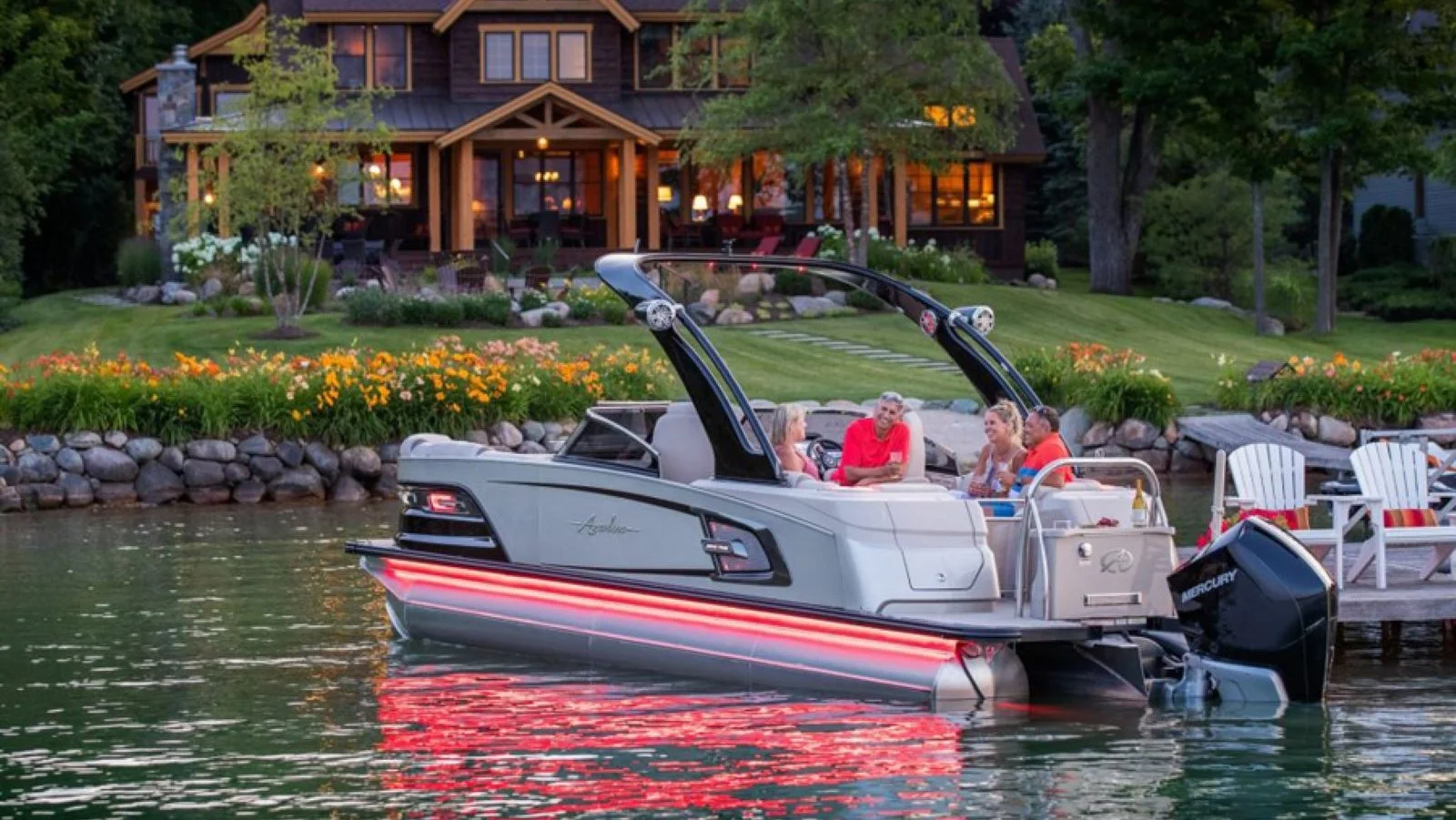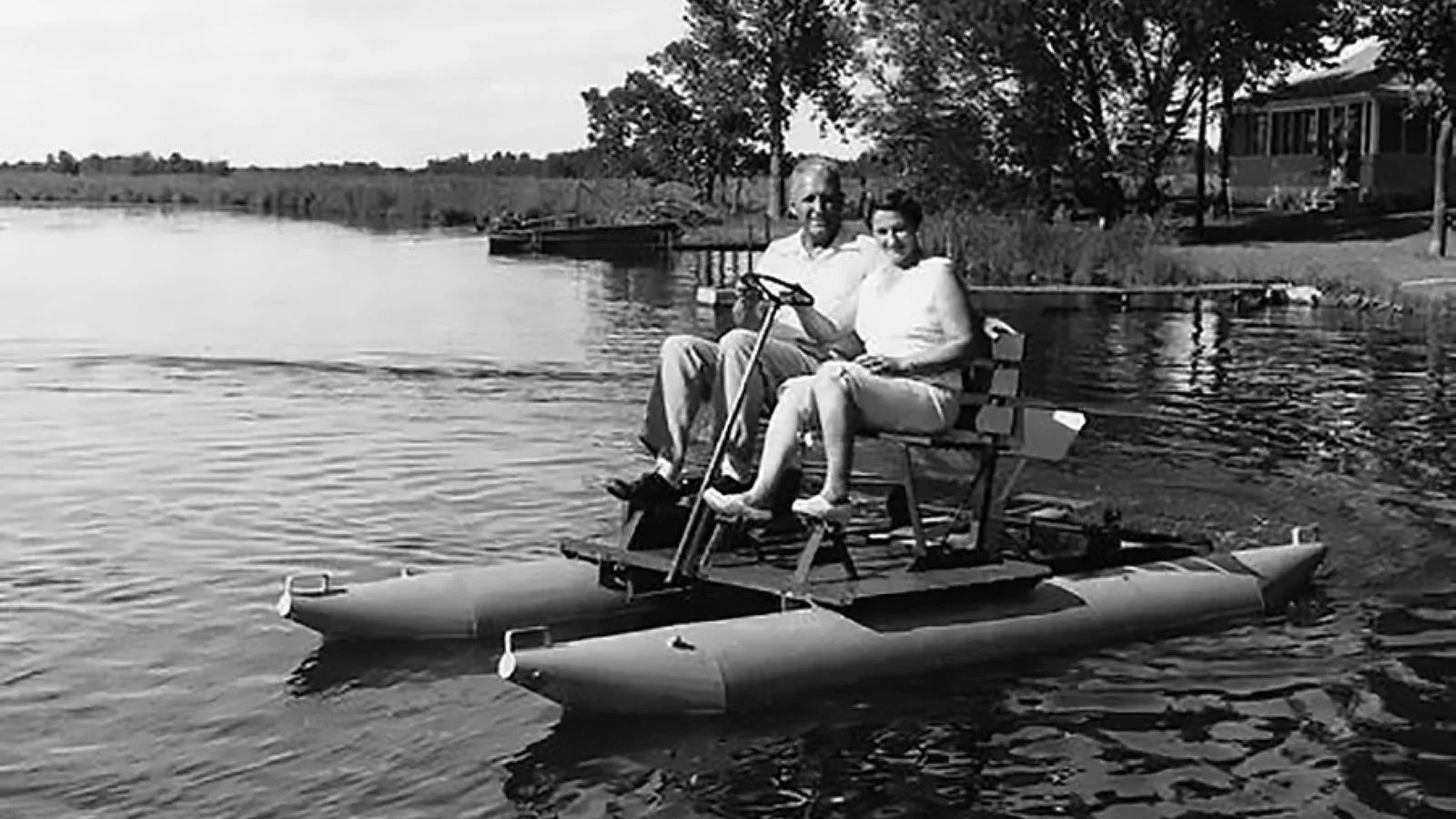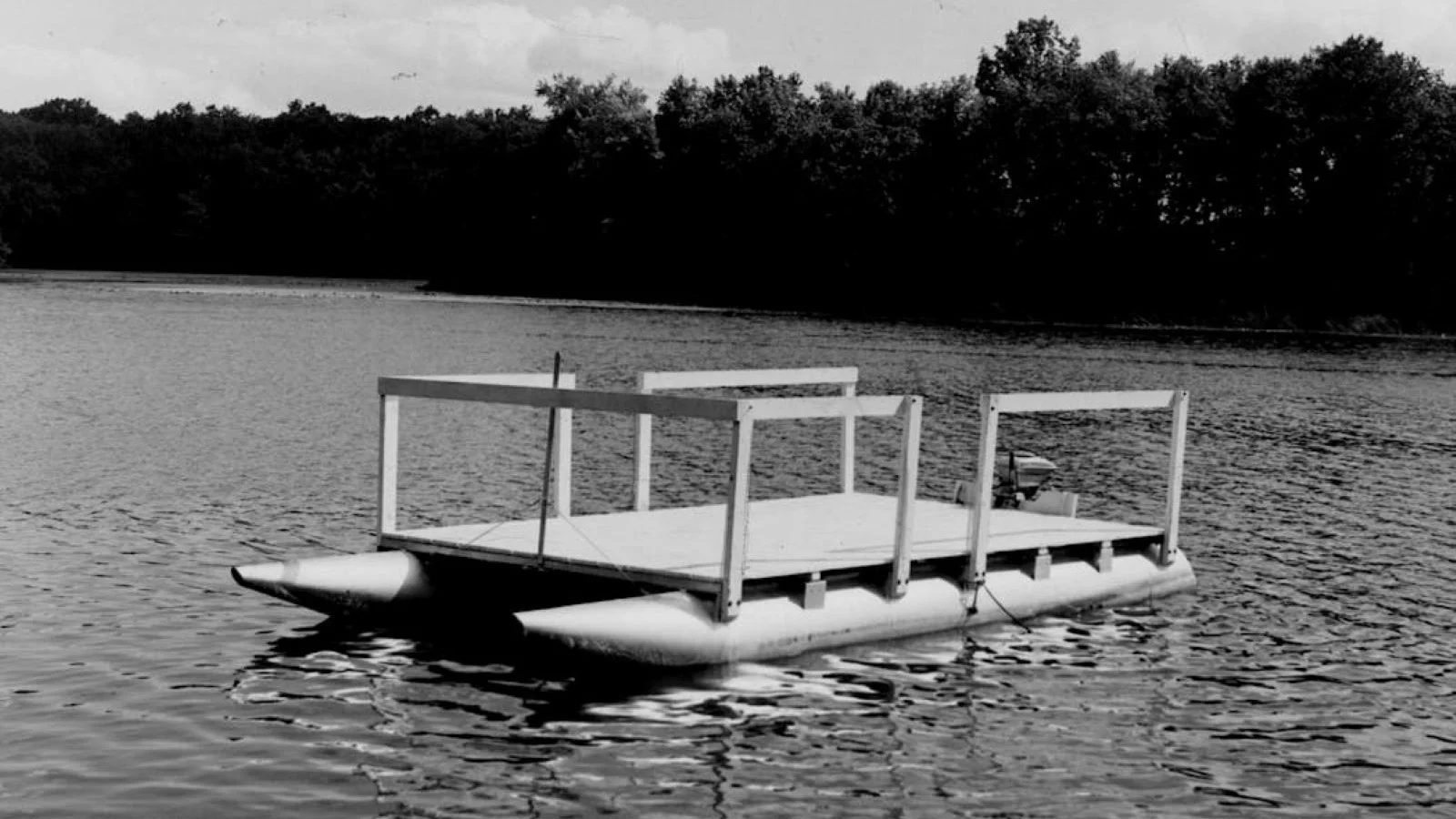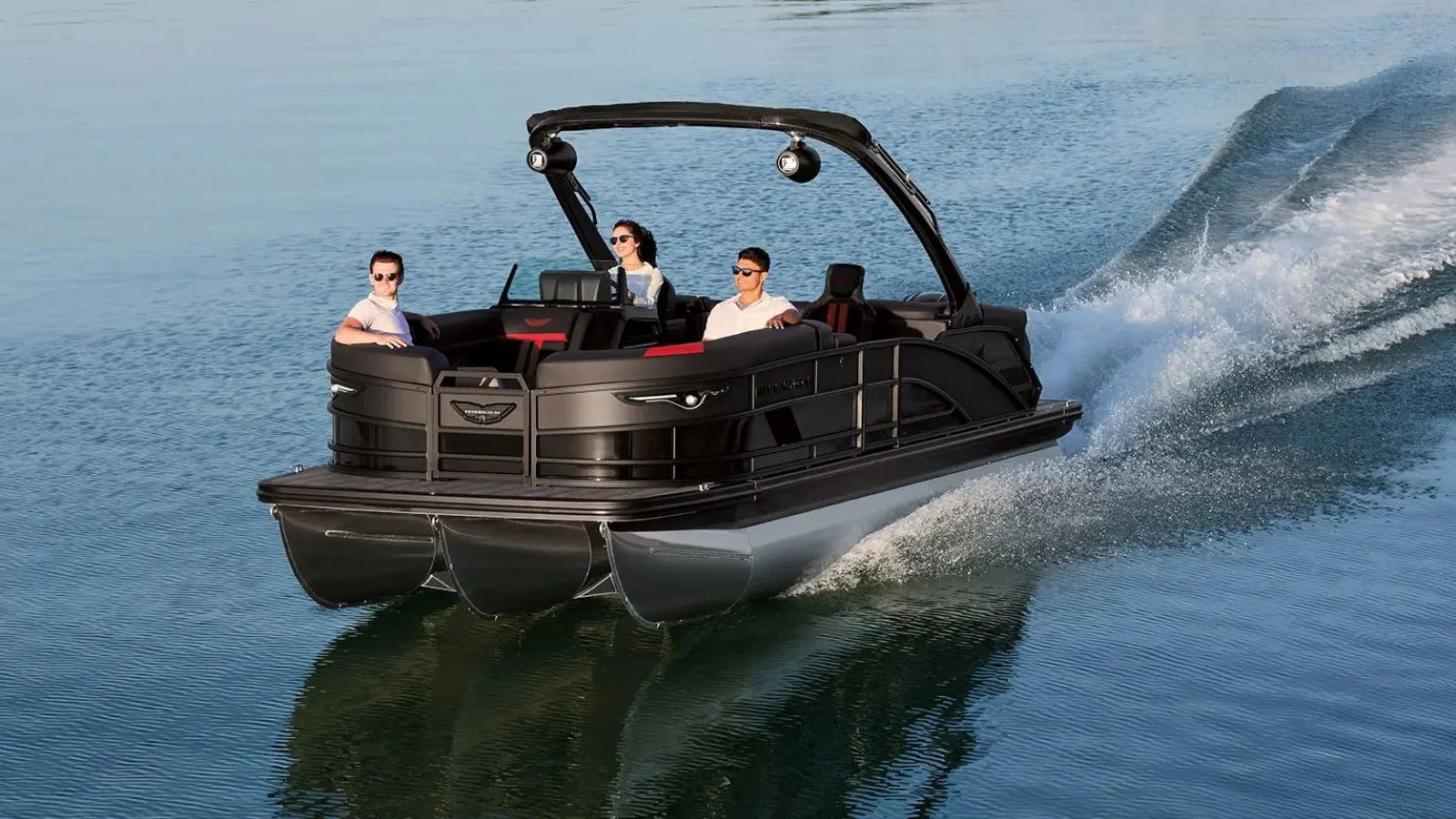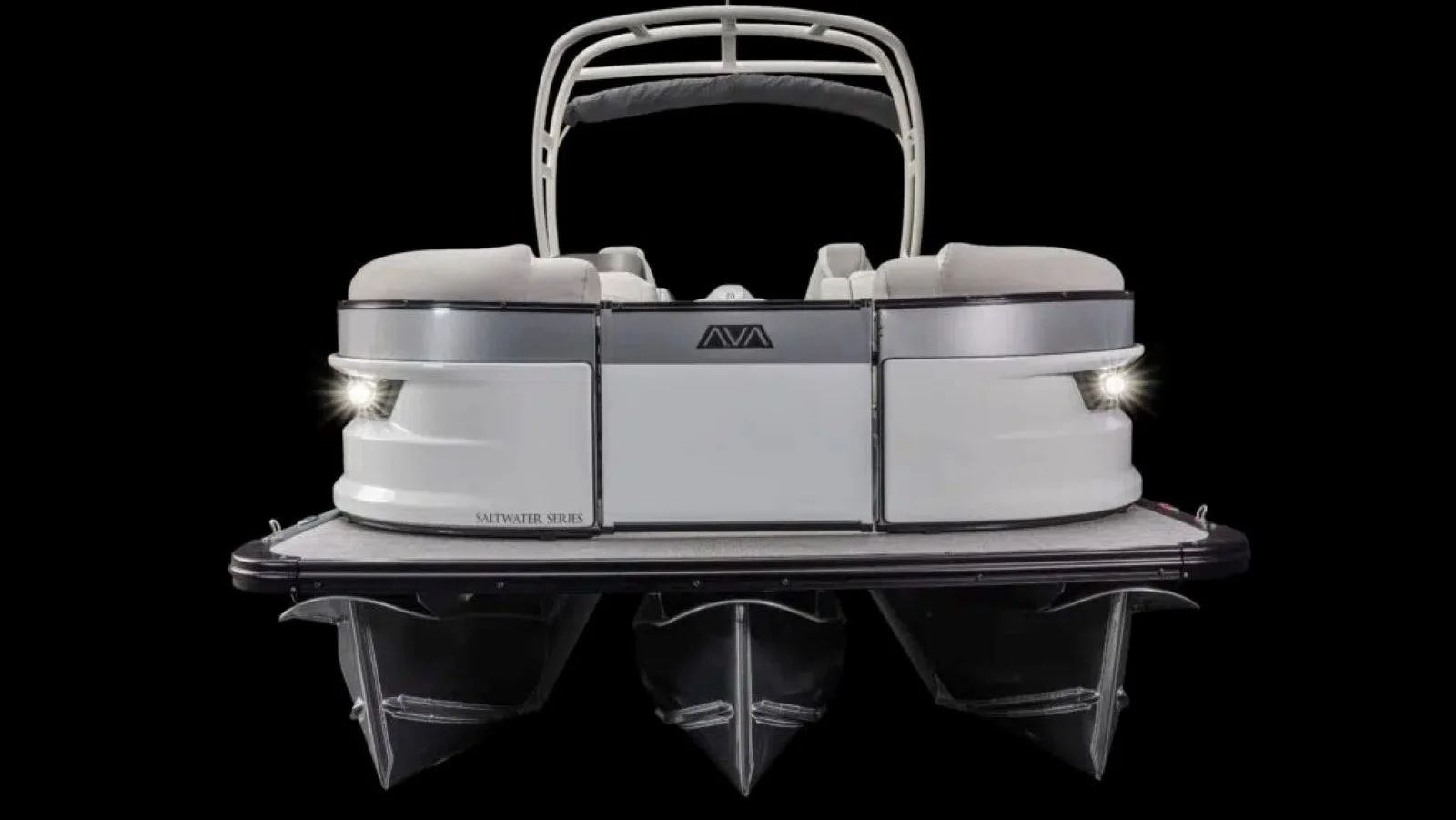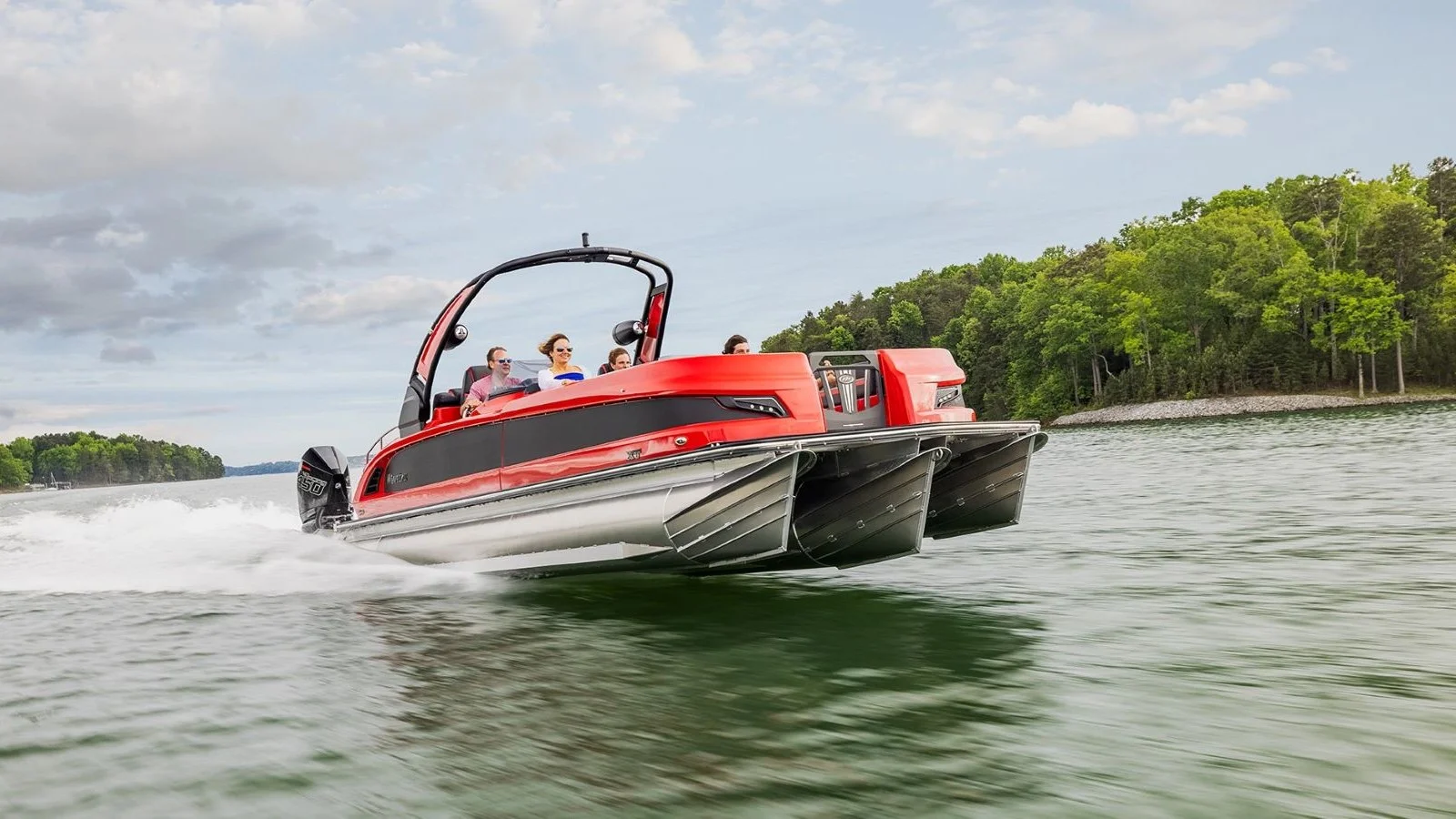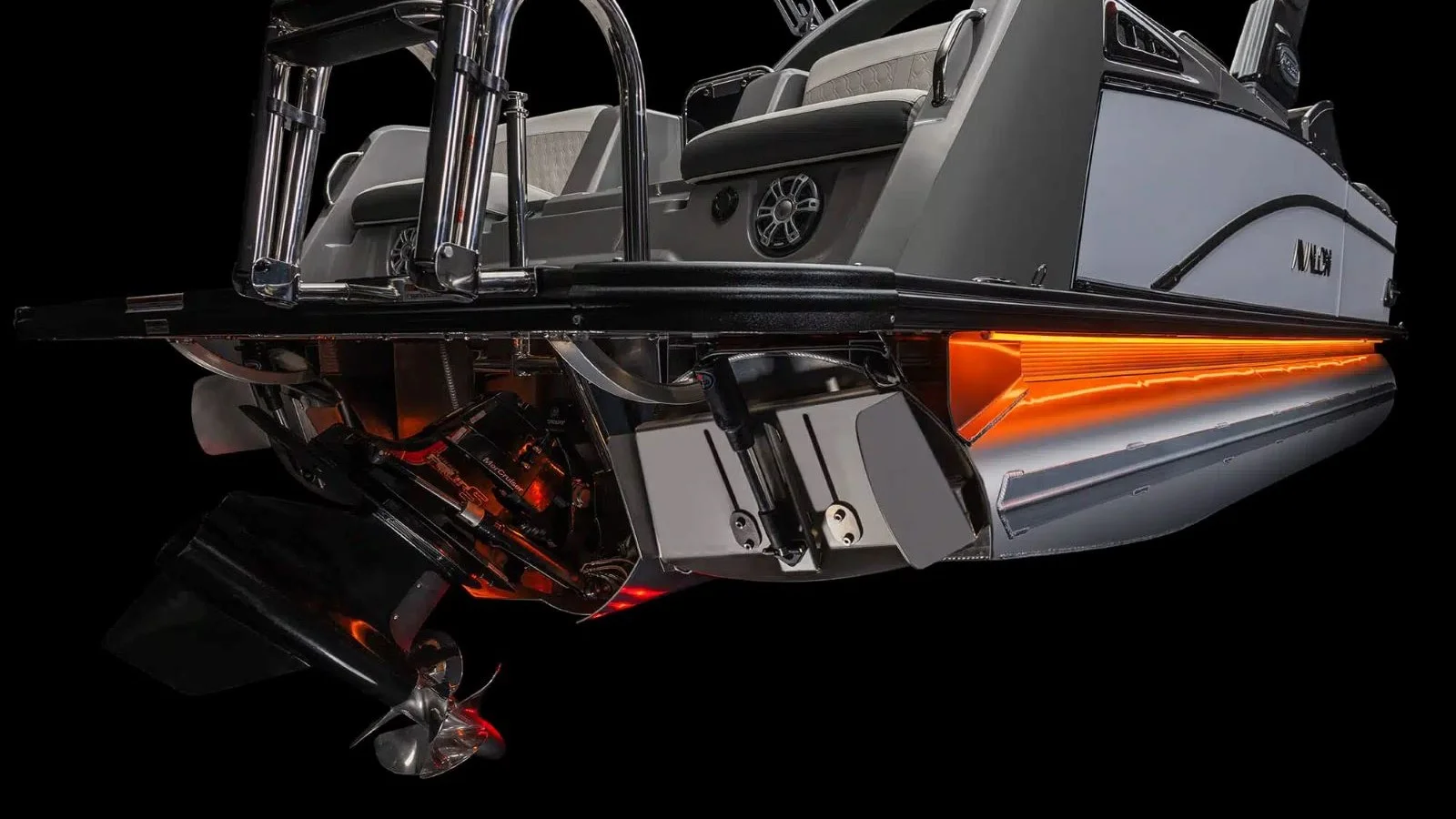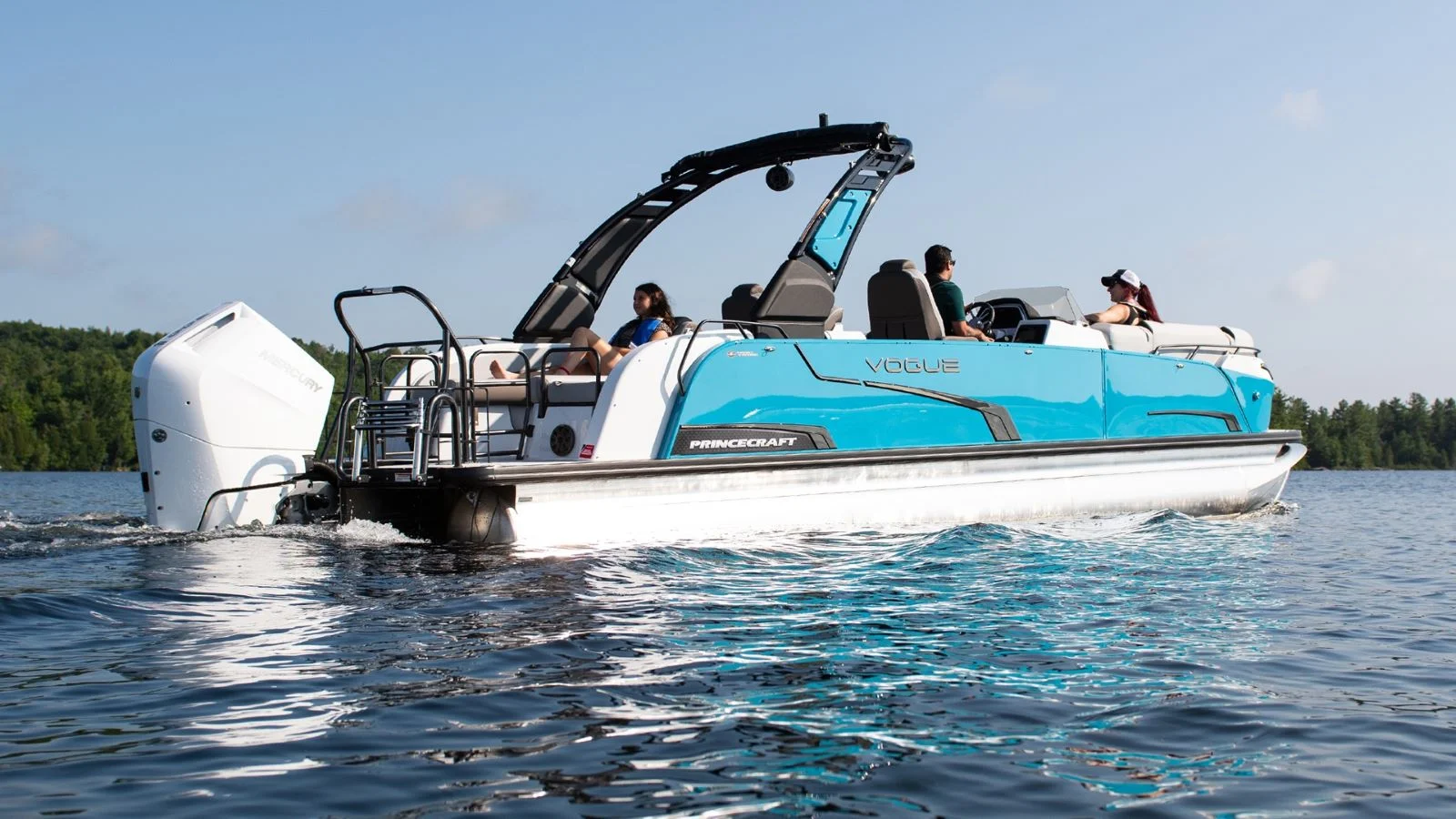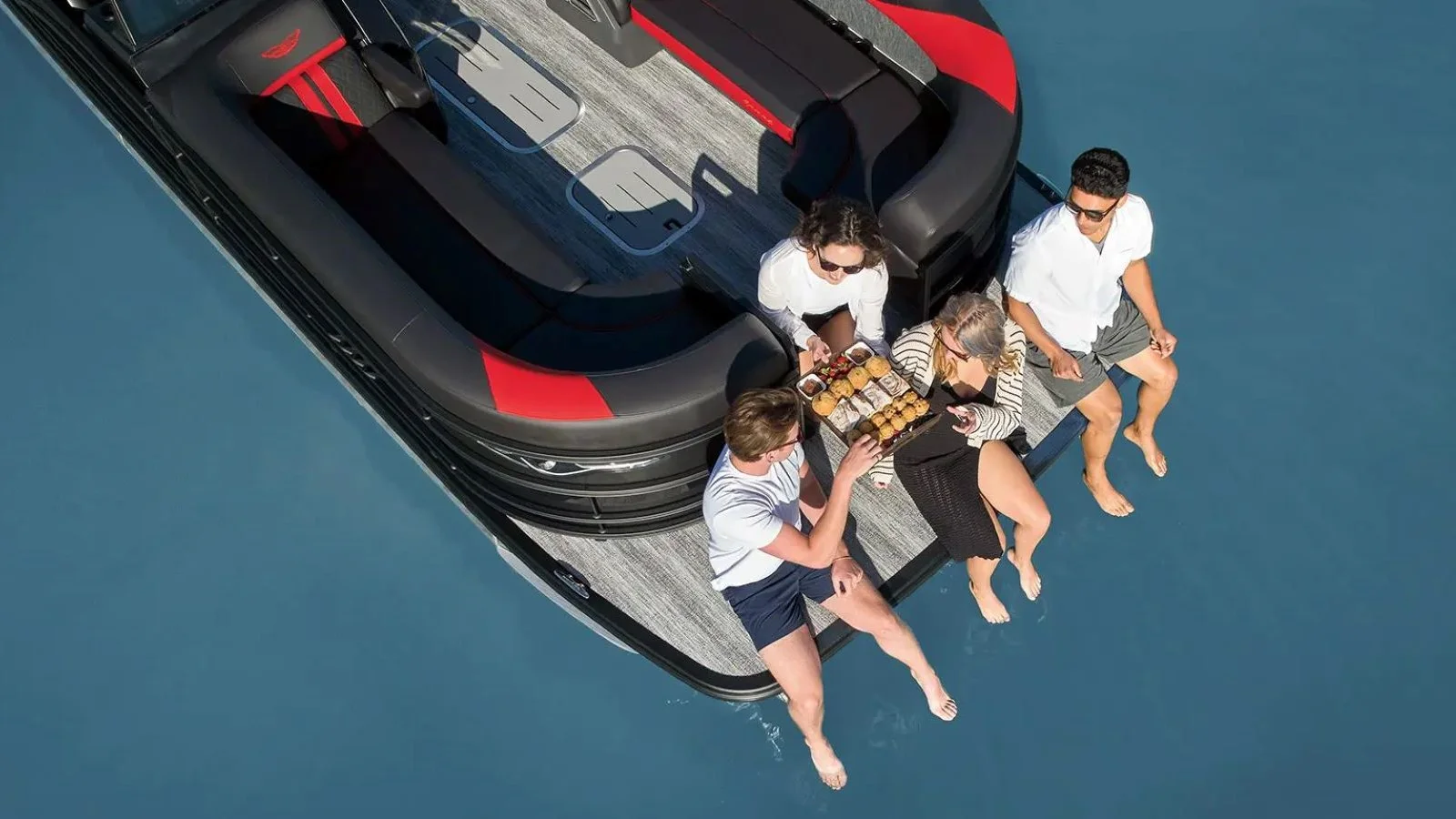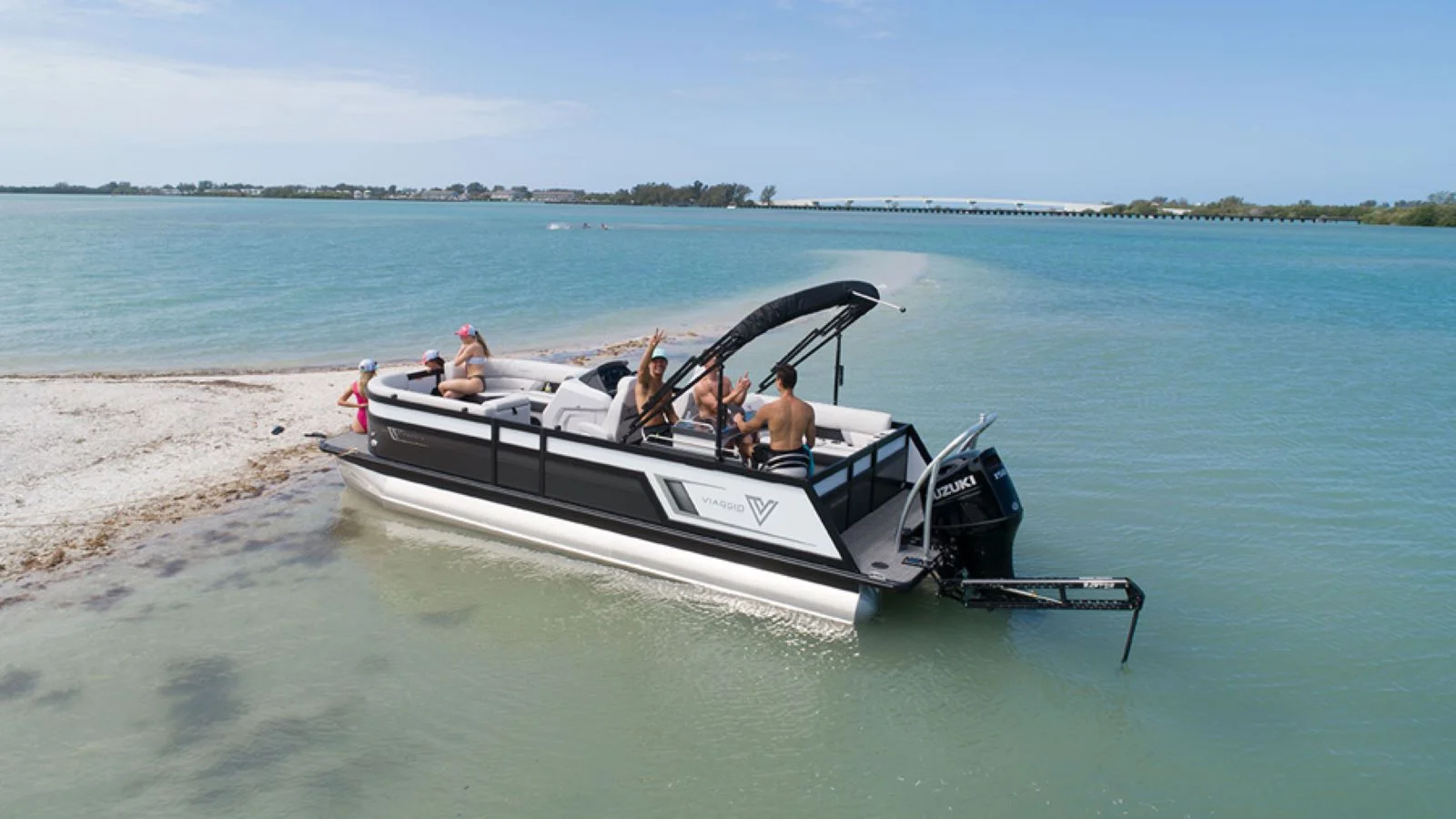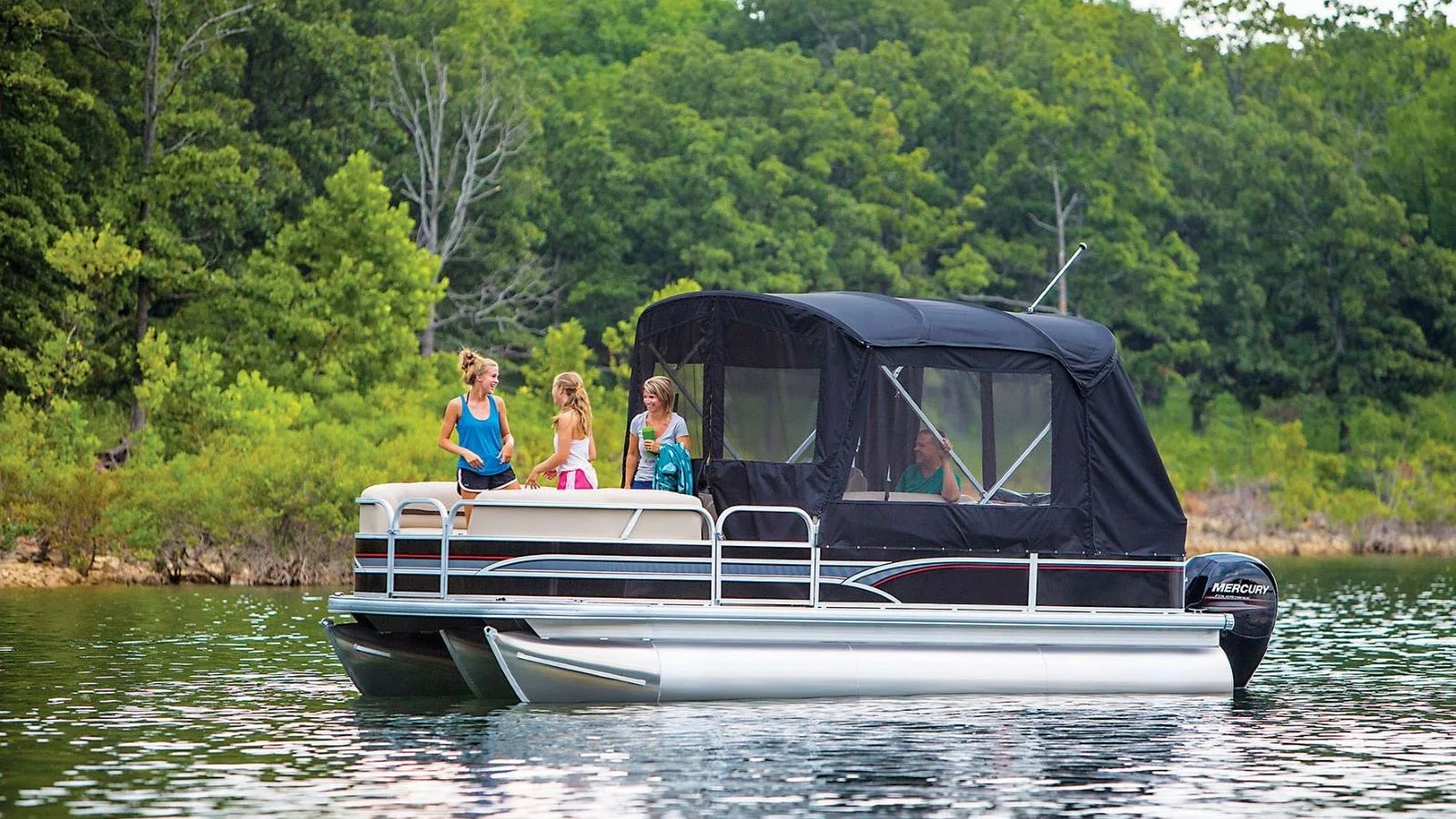Pontoon motorboats: benefits and drawbacks
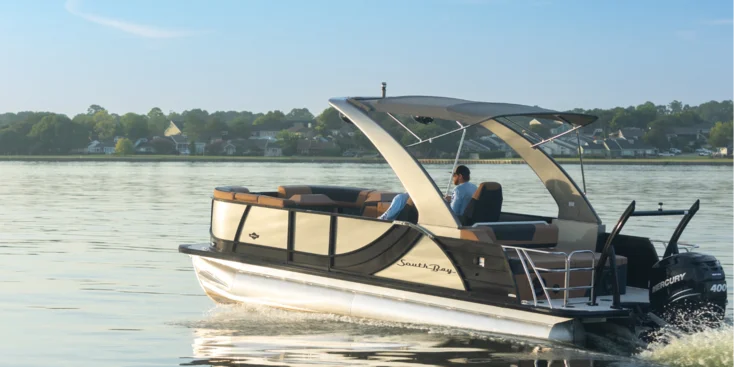
There are no perfect boat types. Just like on the motorways, there are sedans, station wagons, SUVs, crossovers and sport cars on the water, too
There are economy class models and premium boats, so everyone is free to choose what they like. As for the pontoon motorboats, today it is the fastest growing and most sought-after segment in the North American market, and the number of their manufacturers keeps growing.
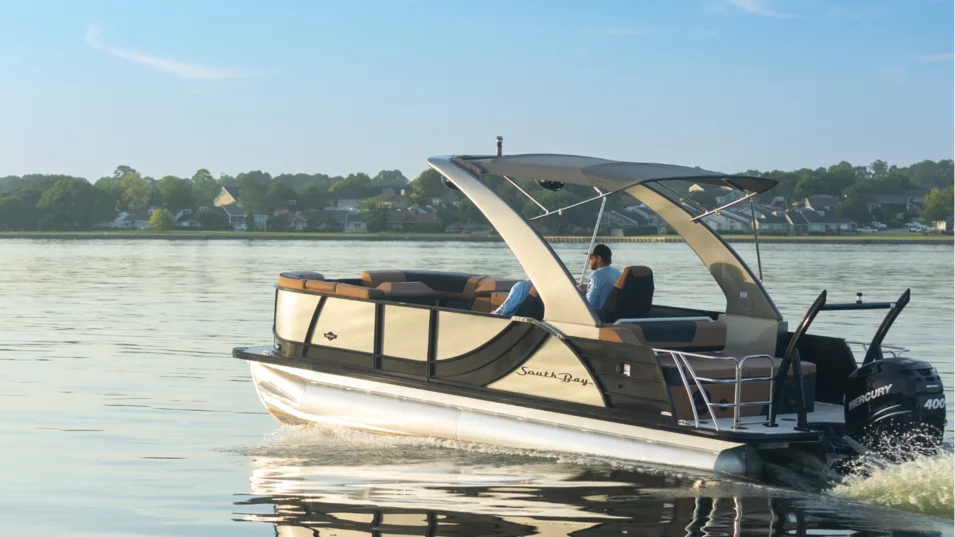
The attitude to pontoon motorboats has always been ambiguous, and often even contemptuous. The reasons are “an ugly exterior”, “awful performance characteristics”, “slowness”, “clumsiness”… Some even say that “it’s not even clear who or what these boats are for”. However, most often these “experts” have never navigated any pontoon motorboats and have seen them docked somewhere at best. The opinion expressed by those who have travelled on this kind of boats is normally exactly the opposite.
Let us see where pontoon motorboats come from and what they are like.
Mister Pontoon
It is generally believed that the first pontoon boat appeared in 1951 through the efforts of a farmer named Ambrose Weeres, who lived in Richmond (Minnesota). He welded two columns of steel barrels together and put a wooden platform on top of them.
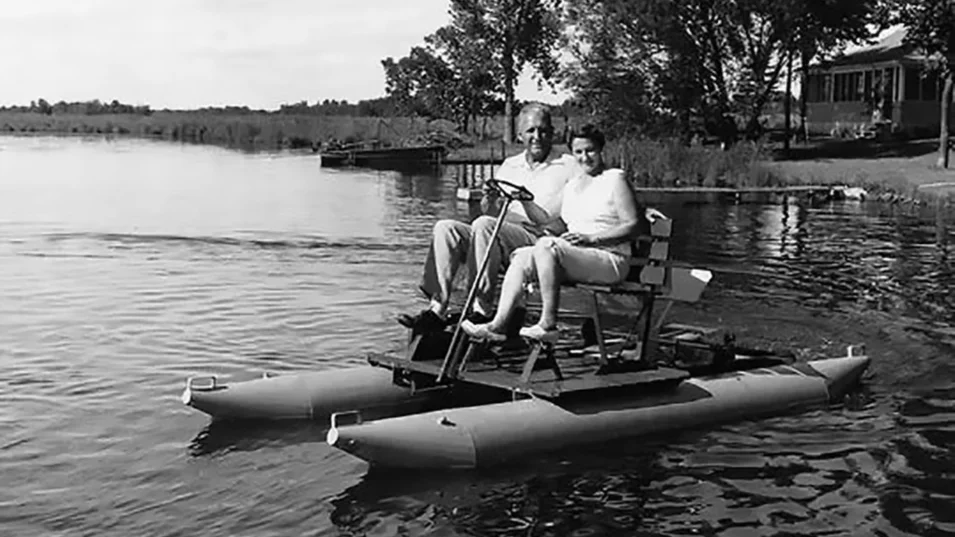
The catamaran that he got turned out to be a lot more stable than a conventional boat and was a lot more capacious thanks to the large and flat deck.

It was just right for the area with a lot of lakes and perfect for recreation and fishing, as well as for goods transportation. Soon The first boat was followed by others, and soon Weeres Industries company was founded, and Weeres was later called “Mr Pontoon” for his invention.
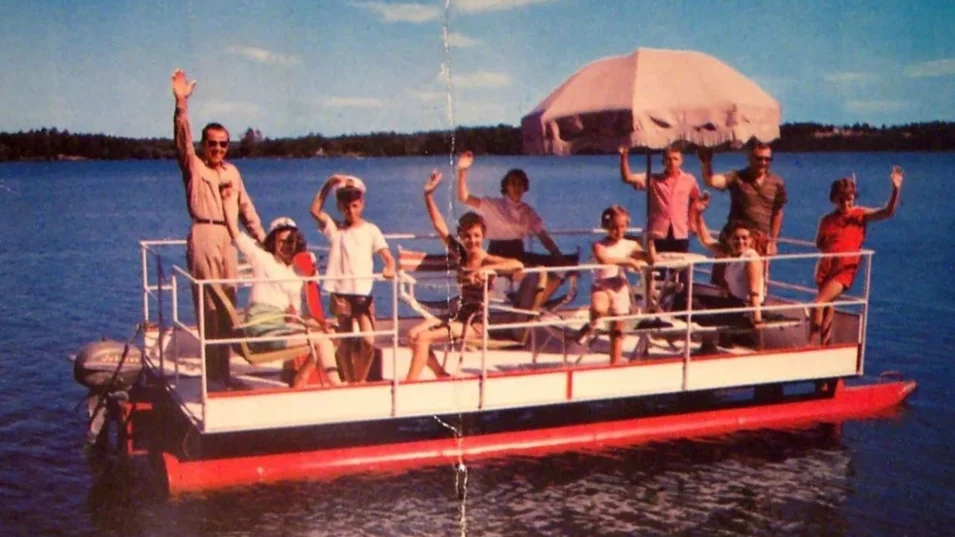
In 1970s pontoon motorboats became more comfortable and featured sofas and sunpads, and in the 80s as a result of experiments with hydrodynamics aimed at improving their seaworthiness and carrying capacity, there appeared trimarans, or “tritoons”.
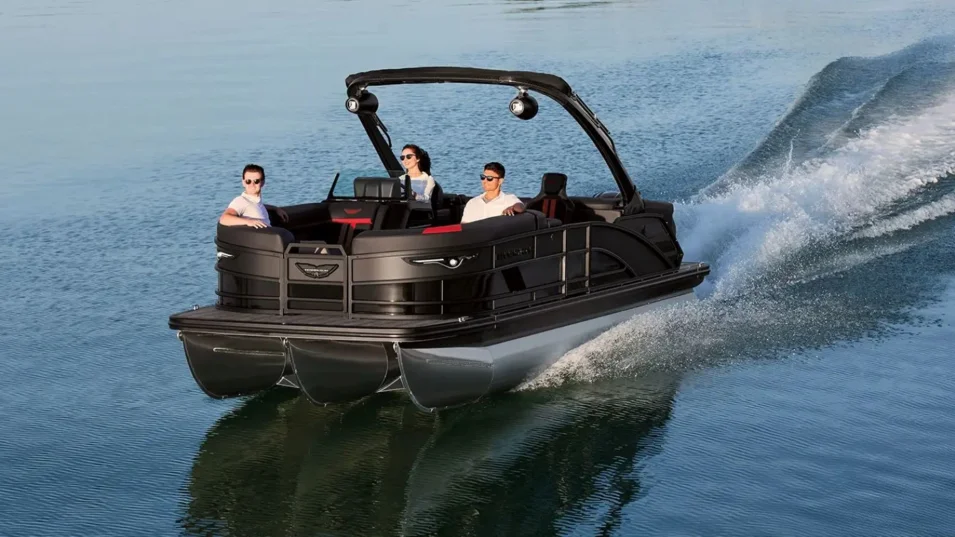
However, the peak in pontoon motorboats’ popularity was in the early 2000s, with the appearance of new materials, rapid development of the outboard motor industry, and, most importantly, the Americans’ craze for recreation on the water. First of all, lakes and rivers, i.e. inland waters, for which these boats were originally created.
Two or three?
Since we have already mentioned trimarans and tritoons, let us make it clear, which is better for a pontoon motorboat: three hulls or two? The answer is obvious for professionals, but the newbies often believe that the more the better. The situation is made even more complicated by the fact that at present almost 80% of all pontoon motorboats are trimarans. It is not that simple, but those who understand, have a good opportunity to save money.
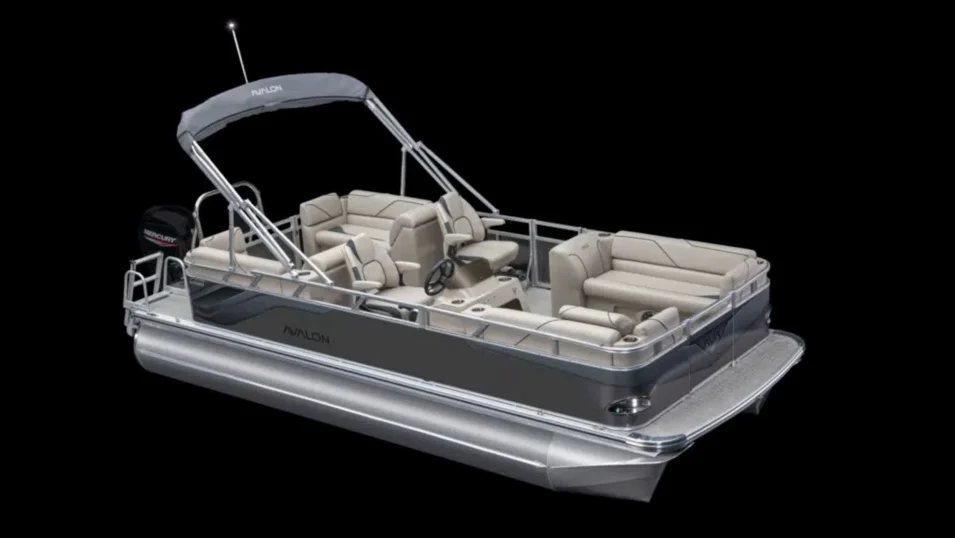
The tritoons, which are naturally more expensive than catamarans, are quite often excessive. For instance, if the pontoon motorboat is under five metres, equipped with an engine under 30 hp and you have no intention to race it across lakes and rivers with dozens of people on board, or pull a wakeboarder or a tube behind you (by the way catamarans are good as tow boats, too). For a family of four to six people who just want to get some rest, sunbathe and go for a swim, two hulls are more than enough.
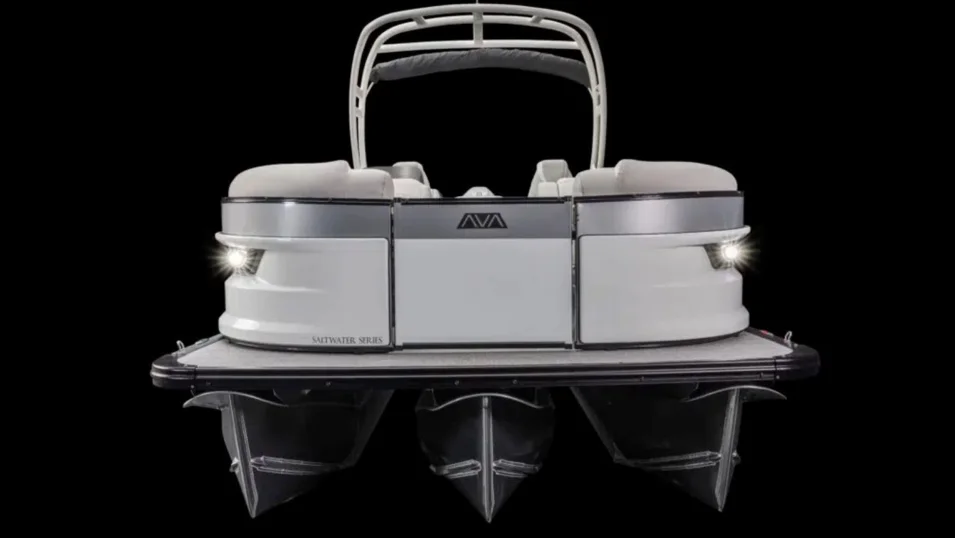
But if you want speed and have a powerful outboard engine (over 150 hp), or there is someone in your family who is into water sports, or you need to cover large distances fast, then tritoons are a good choice. Particularly if you want a capacious boat over six metres long for a large group of people. Remember that three hulls mean speed, carrying capacity and a powerful engine of 150+ hp.
Speed
Despite the stereotype about pontoon boats’ slowness, they can compete with a vast majority of conventional boats in this respect. Indeed, the first pontoon motorboats featured blunt hulls of small diameter, which could not reach high speeds. Hence the opinion that pontoon boats area as slow as a snail.
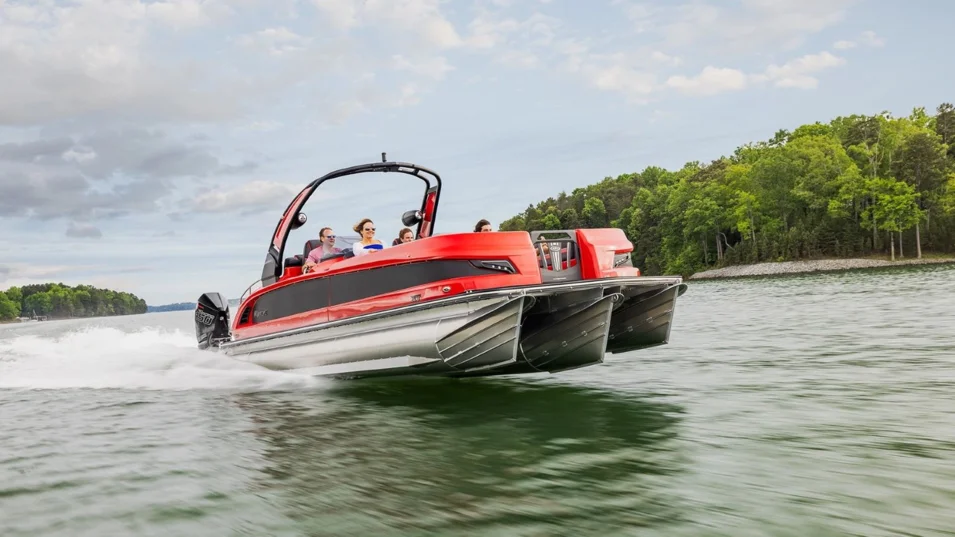
Today it is different. The diameter of the hulls has increased, and their shape has changed considerably, making the pontoon boats far more seaworthy and capable of planing. When powerful outboard engines became widespread, the pontoon boats changed to match them, too. These days one can see a pontoon boat with two 150 hp engines and one 300 hp. So, if the need for speed is strong and urgent, a tritoon with a 200 hp engine can reach speeds over 80 km/h, while a 6-metre boat with an 80 hp engine can deliver 40 km/h. These are certainly average parameters, but a lot depends on the capabilities of a particular model and the engine it is equipped with.
Only outboards?
They are mostly equipped with outboards. But there are some exceptions. For instance, the Bennington 2575 QCW I/O Sport Tower is powered by 430 hp inboard MerCruiser 8,2L HO engine. Moreover, Bennington offers equipping other models from their Q and R series with inboards, too.
In addition to two other options, the Avalon Waketoon model can boast 380 hp Volvo Penta Forward Drive V8 engine with two forward-facing pulling propellers. In this case, the choice is explained by the fact that the boat is meant for wake surfing, so this option is determined by safety considerations.
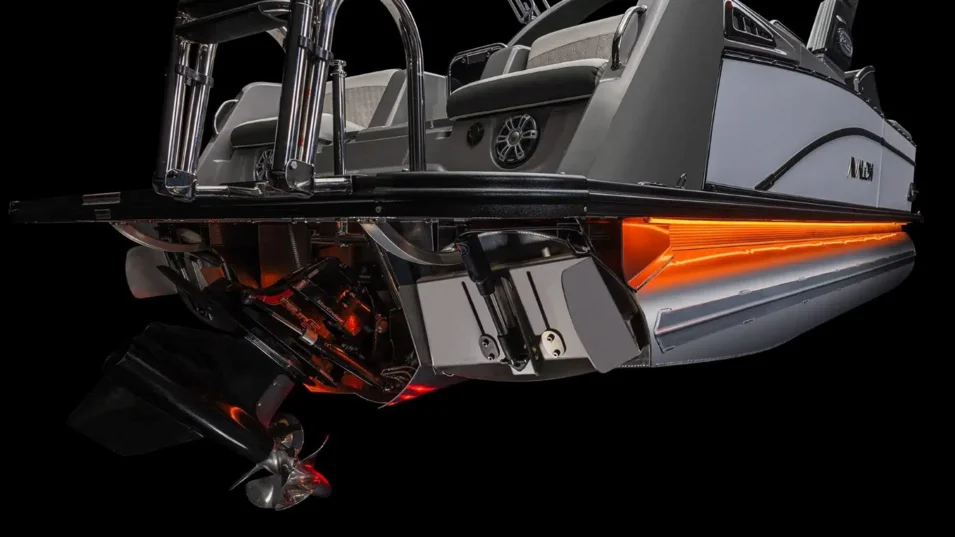
However, despite numerous attempts to equip pontoon motorboats with inboards, most manufacturers go for outboards. They are easier to service, and the American market loves and produces lots of them. So why should American manufacturers shoot themselves in the foot and offer inboards that most Americans clients disdain?
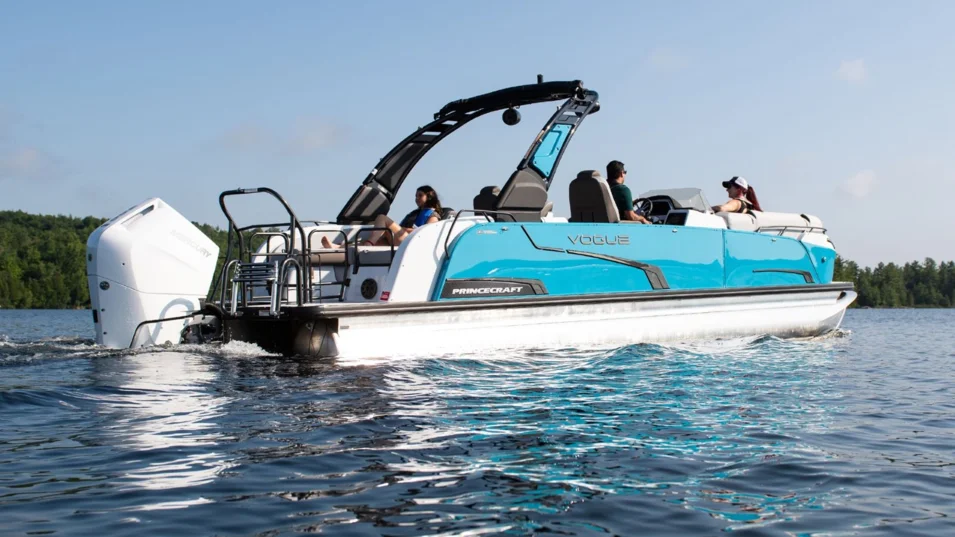
Moreover, inboards often deprive pontoon motorboats of one of their key advantages: an absolutely smooth floor from bow to stern. They also make the body vibrate and force the manufacturers to look for compromises in the shape of the hulls, to increase the weight, etc. So, if you are not a wake surfer or a fundamental fan of inboards, the choice is pretty obvious.
Space
Even ardent opponents of pontoon boats admit that no other boat of the same length can match them in terms of space. And this is probably their key advantage. Their construction allows one to use the entire deck, which often goes beyond the hulls and which is impossible on any other kinds of boats. Pontoon boats can accommodate more passengers who can move freely from bow to stern, and the boat’s sides are normally straight, which allows one to store things under the seats.
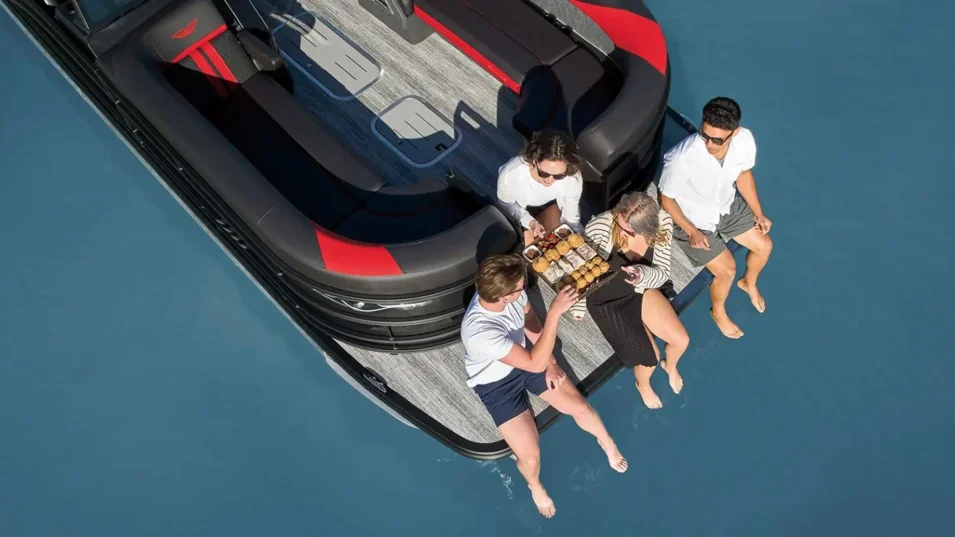
Maneuverability
In this regard, pontoon boats are often inferior to conventional vessels, and not because of their innate clumsiness, but because of their large size. As we know, it is easier to park a compact car than a minibus, but the passenger and carrying capacity of the latter is obviously much higher. The larger the boat, the harder it is to moor, and pontoon boats are a lot larger than others, as we have already mentioned above. Just like with a large car, one has to get used to the dimensions of a pontoon boat, and then maneuvering in a cramped marina won’t be a problem.
Sometimes strong winds can make it difficult to maneuver at the pier, since the sides of pontoon boats are located quite high above the water level and have their own windage. But it is a matter of habit, too, and an experienced captain can moor the boat even in strong winds, especially since the bumpers along the perimeter of the deck are much stronger than the sides and forgive mistakes without any damage to the vessel. In general, pontoon boats are rightfully considered to be some of the easiest to operate.
Safety
Despite the massiveness of their construction, pontoon boats are quite safe. And if the diameter of the hulls is large, or there are three of them, it increases their stability even more. There is a wide-spread opinion that even with the slightest disturbance of the water, people on board begin to feel like they are at a rodeo, but this is just another myth that has nothing to do with reality. Even on large waves pontoon boats can boast of high stability and generally demonstrate enviable stability underway, too. However, with an inexperienced captain, waves and wind, the guests sitting in the bow cockpit are very likely to take a shower of spray. But under such conditions, this is quite natural for a conventional boat, too.
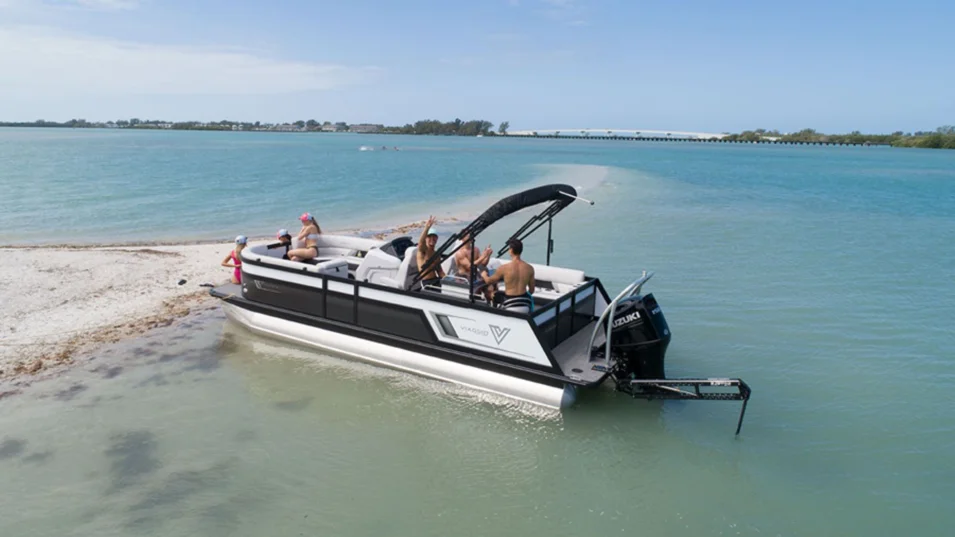
One of the most significant advantages of pontoon motorboats is their ability to operate without any infrastructure: marinas, well-equipped berths, etc. Small draft and robust aluminium hulls allow them to come up right to the shore.
Maintenance
Pontoon motorboats are some of the easiest to maintain compared to other kinds of boats. Although naturally the more expensive the boat and the materials used, the more attention they require. It’s similar to cars: a Volkswagen will normally be less demanding and costly than, for instance, a Bentley.
Just like outboard engines, the pontoons themselves are quite unpretentious and practically indestructible, so you will mainly have to take care of the seat upholstery and the deck. Compared to conventional boats, it is a lot easier, as the deck is flat, and the awnings hide the boat from the sun, rain, dirt and wind. The main thing is not to use any strong abrasive products for cleaning, and not to leave the boat under the scorching sun for a long time.
Launch and transportation
For most pontoon boats launching is not a problem. All you need is a good slip or a trailer. You will have to take into account some nuances, though, and choose a trailer made specifically for the size and design of a particular pontoon boat (a catamaran or a trimaran), and think of balance and weight when launching, which can be really huge compared to lightweight fiberglass boats. For instance, the 8.5-metre Harris Crowne SL 250 tritoon weighs over 2 tons even without a motor.
Aesthetics
Old pontoon motorboats that can still be seen in different marinas are often compared to boxes. They are of rectangular shape and look quite rugged and almost identical, which certainly doesn’t appeal to everyone. Being aware of this, the yards that build them try making them more stylish, play with the bow, aft and side lines to make them look more appealing.

Modern materials used in production, chrome elements and stylish arches add visual grace to pontoon boats. Naturally boats from different price segments don’t look the same. So, the more expensive the boat and the higher the class, the better she looks.
Layouts
The traditional layout of a small pontoon motorboat features large mirrored seating areas with sofas fore and aft, and a small sofa for the guests who want to join the captain at the helm. Larger and more advanced models can offer various arrangements with bar areas and convertible sunpads. Even one and the same model may offer different layout options, and manufacturers are ready to customize boats in accordance with the client’s requirements.

For instance, if the boat is meant for fishing, there can be comfortable fishing comfortable fishing chairs with mounts for fishing rods, large refrigerated lockers for the catch, as well as barbecue grills.
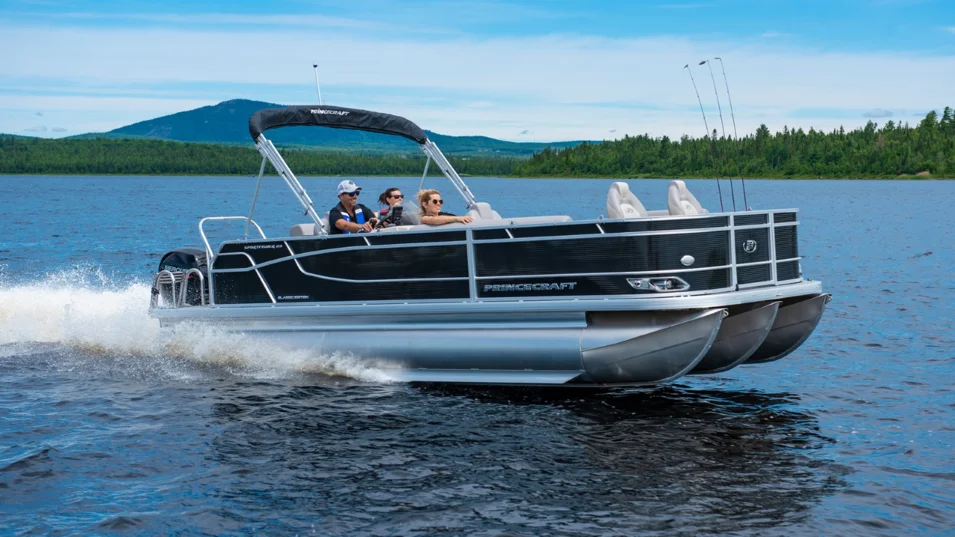
Although a pontoon motorboat looks like a large open platform, one can stay the night there, too. It can be equipped with a heater and a tent and operated in colder weather, too.
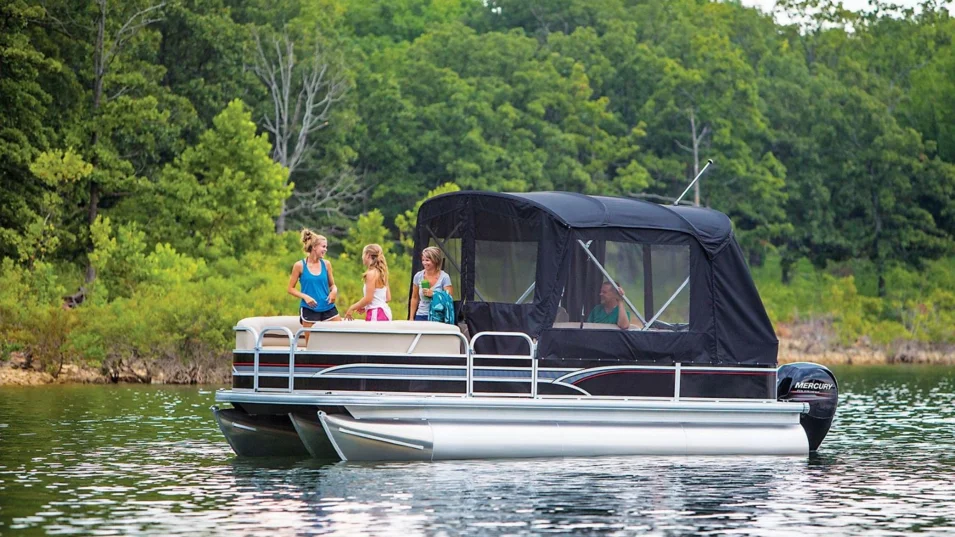
Who is a pontoon motorboat suitable for?
To sum up everything mentioned above, there are several points that can make you go for a pontoon motorboat:
- Water area. If you need a boat for a river, a lake or some other inland water area, a pontoon motorboat is definitely a good choice.
- Family status. Pontoon boats are perfect for families and large groups of friends. If you are more of a loner planning to go fishing in the reeds from morning till dawn, a pontoon boat will probably be too much for you.
- Versatility. In the morning you can go for an exhilarating ride with your family, in the afternoon you can sunbathe in some secluded cove, and in the evening go fishing with friends.
- Custom build opportunity. Conventional boats are quite limited in space and, therefore, a choice of equipment and interior items. A pontoon boat can accommodate sofas, bars, tables, fridges, grilles, etc. easily. And later one can change the furnishings if necessary. The same applies to outboard engines. When you go fishing, you can remove powerful gasoline engines and replace them with quiet electric outboards.
- Reliability and redesign. A lot of manufacturers give a lifetime warranty for the platform welded from marine aluminium. It’s not afraid of being thrown ashore, and the hulls are reinforced in the places most susceptible to deformation, so it can serve as the basis for further creativity and be redesigned in the future.
- Variety of models. There are lots of pontoon motorboats on the market: from highly specialized to most versatile. And the price ranges from ascetic budget options to the most luxurious, furnished to the highest standard and stuffed with the state-of-the-art equipment.
You have successfully subscribed to our newsletter

